Home>Home Appliances>Heating & Cooling>How Do I Balance My Central Heating System
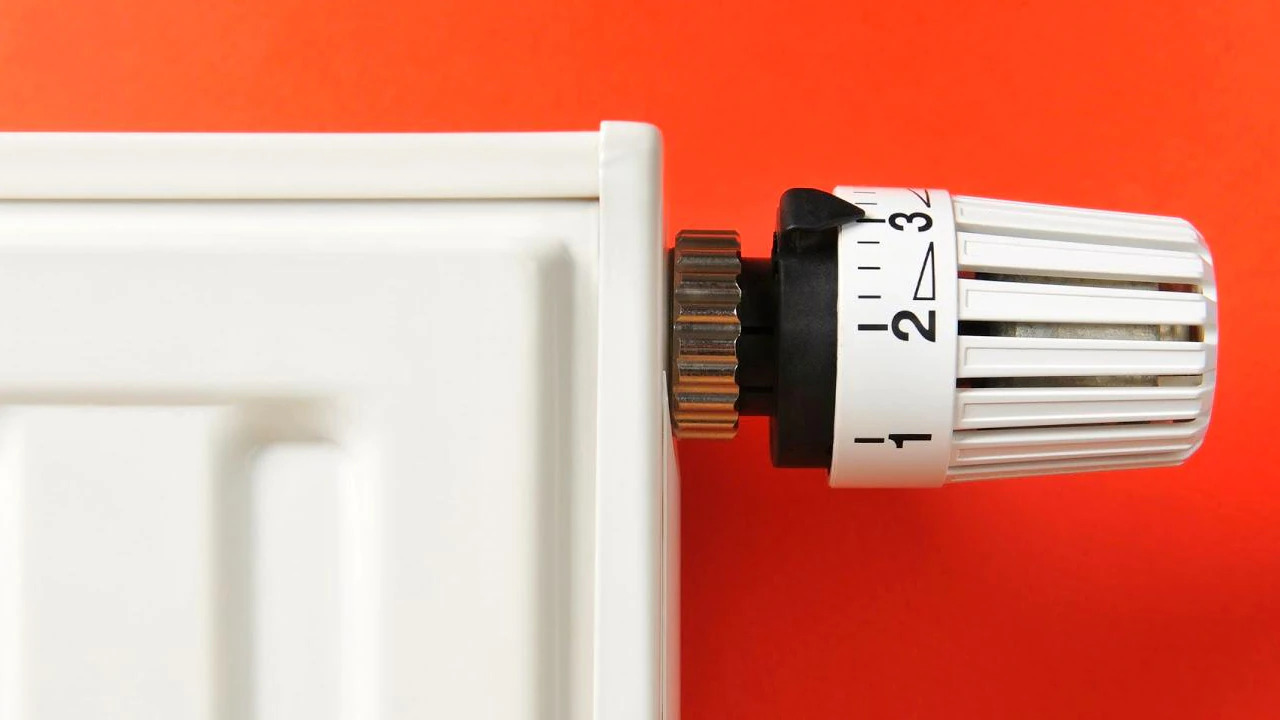

Heating & Cooling
How Do I Balance My Central Heating System
Modified: March 21, 2024
Learn how to balance your central heating system for optimal performance and efficiency. Get expert tips on heating and cooling maintenance.
(Many of the links in this article redirect to a specific reviewed product. Your purchase of these products through affiliate links helps to generate commission for Storables.com, at no extra cost. Learn more)
Introduction
Balancing your central heating system is crucial for ensuring optimal performance and comfort in your home. A well-balanced system distributes heat evenly throughout your living space, preventing cold spots and maximizing energy efficiency. However, achieving this balance requires a deep understanding of how your central heating system operates and the factors that can lead to imbalances.
In this comprehensive guide, we will delve into the intricacies of central heating systems, explore the common signs of imbalance, and provide practical insights into how you can effectively balance your system. Whether you're experiencing uneven heating, high energy bills, or simply want to optimize your system's performance, this article will equip you with the knowledge and techniques needed to achieve a harmoniously balanced central heating system.
Understanding the inner workings of your central heating system is the first step toward achieving balance. By gaining insight into the various components and their functions, you'll be better equipped to identify potential issues and take proactive measures to address them. Additionally, we'll explore the importance of regular maintenance in sustaining a balanced system, ensuring that your heating system operates at peak efficiency year-round.
Join us on this journey as we unravel the mysteries of central heating system balance, empowering you to create a warm, comfortable, and energy-efficient home environment for you and your loved ones. Let's embark on this enlightening exploration of central heating system balance and discover the transformative impact it can have on your daily comfort and energy savings.
Key Takeaways:
- Balancing your central heating system is like tuning an instrument – it ensures every room gets the right amount of warmth. By understanding and maintaining your system, you can enjoy a cozy home without wasting energy.
- Identifying and fixing imbalances in your heating system, like uneven heating or noisy operation, can help you save money on energy bills and keep your home comfortable. Regular maintenance and mindful habits are key to a balanced system.
Read more: How Do I Balance My Washing Machine
Understanding Your Central Heating System
Your central heating system is a complex network of interconnected components designed to provide warmth and comfort throughout your home. At its core, the system comprises a boiler or furnace, a network of pipes, radiators, and a control mechanism, all working in harmony to deliver heat to every room. Understanding how each element functions and contributes to the overall operation of the system is essential for maintaining a balanced and efficient heating setup.
Boiler or Furnace: The heart of your central heating system, the boiler or furnace, is responsible for generating the heat that warms your home. Boilers use water to distribute heat, while furnaces utilize air. Both systems rely on a fuel source, such as natural gas, oil, or electricity, to produce the necessary heat.
Pipes and Radiators: Once the heat is generated, it is transferred through a network of pipes to the radiators in each room. The pipes act as conduits, carrying hot water or steam from the boiler to the radiators, where the heat is then released into the surrounding space. Understanding the flow of heat through these pipes and radiators is crucial for identifying potential imbalances within the system.
Control Mechanism: The control mechanism, often in the form of a thermostat, serves as the brain of the central heating system. It regulates the temperature by signaling the boiler or furnace to produce more heat when the temperature drops and to reduce heat output when the desired temperature is reached. Understanding how to effectively program and utilize the control mechanism is vital for maintaining a comfortable and balanced indoor climate.
By comprehending the roles and interactions of these fundamental components, you can gain valuable insights into the inner workings of your central heating system. This understanding will empower you to identify potential issues, troubleshoot imbalances, and make informed decisions when it comes to optimizing the performance and efficiency of your heating setup. With this knowledge as your foundation, you'll be well-prepared to delve deeper into the process of balancing your central heating system and ensuring consistent warmth and comfort throughout your home.
Identifying Imbalances in Your System
Identifying imbalances in your central heating system is essential for maintaining a comfortable and energy-efficient home environment. Imbalances can manifest in various ways, often leading to uneven heating, fluctuating temperatures, and increased energy consumption. By recognizing the common signs of imbalance, you can take proactive steps to address these issues and restore equilibrium to your heating system.
Uneven Heating:
One of the most noticeable indicators of an imbalanced central heating system is uneven heating throughout your home. Certain rooms may feel significantly warmer or cooler than others, creating discomfort and inconvenience for occupants. This imbalance can stem from factors such as air trapped in the radiators, blockages in the piping system, or an uneven distribution of heat from the boiler or furnace.
Fluctuating Temperatures:
Inconsistencies in temperature control can also signal imbalances within your heating system. If you find that the temperature fluctuates dramatically from one room to another, or if the thermostat struggles to maintain a steady temperature, it may indicate underlying issues that require attention. These fluctuations can result from improper water flow in the piping system, air pockets in the radiators, or a malfunctioning control mechanism.
Read more: Why Does My Central Heating Smell
Noisy Operation:
Unusual noises emanating from your central heating system, such as gurgling, banging, or hissing sounds, can be indicative of imbalances or inefficiencies. These noises often stem from air trapped in the pipes or radiators, causing disruptions in the flow of heat and water. Additionally, mineral deposits or sludge buildup within the system can contribute to disruptive sounds, signaling the need for maintenance and rebalancing.
High Energy Bills:
A sudden increase in energy consumption and soaring utility bills without a corresponding change in usage patterns can point to imbalances in your central heating system. When the system operates inefficiently due to imbalances, it may consume more energy to maintain the desired temperature, leading to higher heating costs. By monitoring your energy bills and identifying unexplained spikes, you can pinpoint potential imbalances that require remediation.
By remaining vigilant for these telltale signs of imbalance, you can proactively address issues within your central heating system, ensuring that it operates at peak efficiency and delivers consistent warmth to every corner of your home. Identifying imbalances is the first step toward achieving a harmoniously balanced system, setting the stage for effective rebalancing and long-term comfort.
Balancing Your Central Heating System
Balancing your central heating system is a multi-faceted process that involves optimizing the distribution of heat throughout your home, ensuring consistent warmth and comfort in every room. This essential undertaking aims to rectify any imbalances that may impede the system's efficiency, leading to uneven heating and increased energy consumption. By implementing targeted adjustments and fine-tuning various components, you can achieve a harmoniously balanced central heating system that operates at peak performance.
Evaluating Radiator Performance
Begin the balancing process by assessing the performance of each radiator in your home. Check for any cold spots or uneven heat distribution, as these indicators can point to imbalances within the system. Start by feeling the temperature of each radiator to identify any discrepancies. If certain radiators feel significantly cooler than others, they may require attention to restore balanced heat output.
Read more: How Do I Stop My HVAC From Sweating
Bleeding Radiators
Air trapped within the radiators can hinder the efficient circulation of hot water or steam, leading to uneven heating. Bleeding the radiators is a crucial step in removing trapped air and restoring optimal performance. Using a radiator key, release the trapped air by opening the bleed valve, allowing any excess air to escape. This simple yet effective process can significantly improve the overall balance of your central heating system.
Adjusting Radiator Valves
The valves on your radiators play a pivotal role in regulating heat output. By adjusting these valves, you can fine-tune the flow of hot water, ensuring that each radiator delivers the appropriate level of warmth to its respective room. Balancing the heat output across all radiators is essential for achieving uniform heating throughout your home, mitigating imbalances and enhancing overall comfort.
Optimizing Water Flow
Ensuring smooth and consistent water flow through the piping system is essential for maintaining a balanced central heating system. Check for any obstructions or blockages within the pipes that may impede the flow of hot water. Addressing these issues, such as clearing debris or sediment buildup, can promote efficient water circulation and contribute to a more balanced distribution of heat.
Professional Maintenance
Seeking professional maintenance and servicing for your central heating system can provide comprehensive solutions for rebalancing. A qualified technician can conduct thorough inspections, identify underlying issues, and perform necessary adjustments to restore balance to the system. Professional maintenance not only addresses existing imbalances but also helps prevent future issues, ensuring long-term system stability.
By implementing these strategies and techniques, you can effectively balance your central heating system, promoting consistent warmth and optimal energy efficiency throughout your home. Regular monitoring and proactive adjustments will help maintain the system's balance, creating a comfortable and inviting living environment for you and your family. With a balanced central heating system, you can enjoy reliable warmth and comfort while minimizing energy costs, enhancing the overall quality of your home heating experience.
Read more: How To Use Central Heating
Maintaining a Balanced System
Sustaining a balanced central heating system is a continuous endeavor that requires ongoing attention and proactive maintenance. Once you have successfully rebalanced your system, it is essential to implement measures that preserve its equilibrium and optimize its performance over time. By incorporating regular maintenance practices and adopting mindful heating habits, you can ensure that your system remains balanced, efficient, and reliable.
Regular Radiator Maintenance
Periodic radiator maintenance is crucial for upholding the balance and efficiency of your central heating system. Conducting routine checks for trapped air and addressing any air pockets through bleeding ensures that the radiators can deliver consistent heat output. Additionally, keeping the radiators clean and free from dust or debris contributes to their optimal performance, promoting balanced heat distribution throughout your home.
Monitoring and Adjusting Thermostat Settings
Maintaining a balanced system involves attentive monitoring of your thermostat settings to ensure they align with your heating needs. Regularly reviewing and adjusting the temperature settings based on seasonal changes and occupancy patterns can help prevent temperature imbalances and unnecessary energy consumption. By optimizing the thermostat settings, you can promote a harmonious balance of warmth while maximizing energy efficiency.
Systematic Pipe Inspections
Inspecting the piping system for potential obstructions, leaks, or corrosion is essential for preserving the balanced operation of your central heating system. Over time, debris, mineral buildup, or sediment can accumulate within the pipes, impeding the smooth flow of hot water and compromising the system's equilibrium. Regular pipe inspections and proactive maintenance, such as clearing blockages and addressing any signs of deterioration, are vital for sustaining a well-balanced heating setup.
Read more: Why Is My HVAC Not Heating
Professional System Servicing
Engaging professional heating technicians for regular servicing and inspections is a proactive approach to maintaining a balanced system. Qualified professionals can conduct comprehensive assessments, identify emerging issues, and perform necessary adjustments to ensure the continued equilibrium of your central heating system. Professional servicing not only safeguards the system's balance but also enhances its longevity and reliability, providing peace of mind for homeowners.
Mindful Energy Consumption
Practicing mindful energy consumption habits can contribute to the sustained balance and efficiency of your central heating system. Simple measures such as optimizing insulation, closing doors and windows to prevent heat loss, and utilizing programmable thermostats for efficient temperature control can help minimize energy waste and support the balanced operation of your heating system.
By integrating these maintenance practices and mindful heating habits into your routine, you can uphold the balance and efficiency of your central heating system, fostering a consistently comfortable and energy-conscious home environment. Sustaining a well-balanced system not only enhances your daily comfort but also contributes to long-term energy savings and the overall sustainability of your home heating infrastructure.
Conclusion
In conclusion, achieving and maintaining a balanced central heating system is essential for optimizing comfort, energy efficiency, and overall home heating performance. By understanding the intricate dynamics of your heating setup and recognizing the signs of imbalance, you can take proactive steps to address issues and restore equilibrium to your system.
Balancing your central heating system involves a combination of practical assessments and targeted adjustments. From evaluating radiator performance and bleeding radiators to optimizing water flow and seeking professional maintenance, the process of rebalancing is a comprehensive endeavor aimed at ensuring consistent warmth and efficient heat distribution throughout your home.
Furthermore, sustaining a balanced system requires ongoing maintenance and mindful heating practices. Regular radiator maintenance, systematic pipe inspections, and professional servicing play pivotal roles in preserving the equilibrium of your central heating system. Additionally, adopting mindful energy consumption habits and monitoring thermostat settings contribute to long-term balance and efficiency.
By embracing these principles and practices, homeowners can create a harmoniously balanced central heating system that not only delivers reliable warmth and comfort but also minimizes energy costs and supports sustainable home heating solutions.
Ultimately, the journey toward a balanced central heating system is a transformative endeavor that empowers homeowners to take control of their indoor comfort and energy consumption. With a well-balanced system in place, individuals and families can enjoy a consistently cozy and inviting home environment while reaping the benefits of optimized energy efficiency and long-term cost savings.
As you embark on the path to central heating system balance, remember that knowledge, vigilance, and proactive maintenance are your allies in this endeavor. By staying attuned to the needs of your system and implementing the recommended strategies, you can create a warm, balanced, and energy-efficient home that enhances your quality of life and supports a sustainable living environment.
Frequently Asked Questions about How Do I Balance My Central Heating System
Was this page helpful?
At Storables.com, we guarantee accurate and reliable information. Our content, validated by Expert Board Contributors, is crafted following stringent Editorial Policies. We're committed to providing you with well-researched, expert-backed insights for all your informational needs.
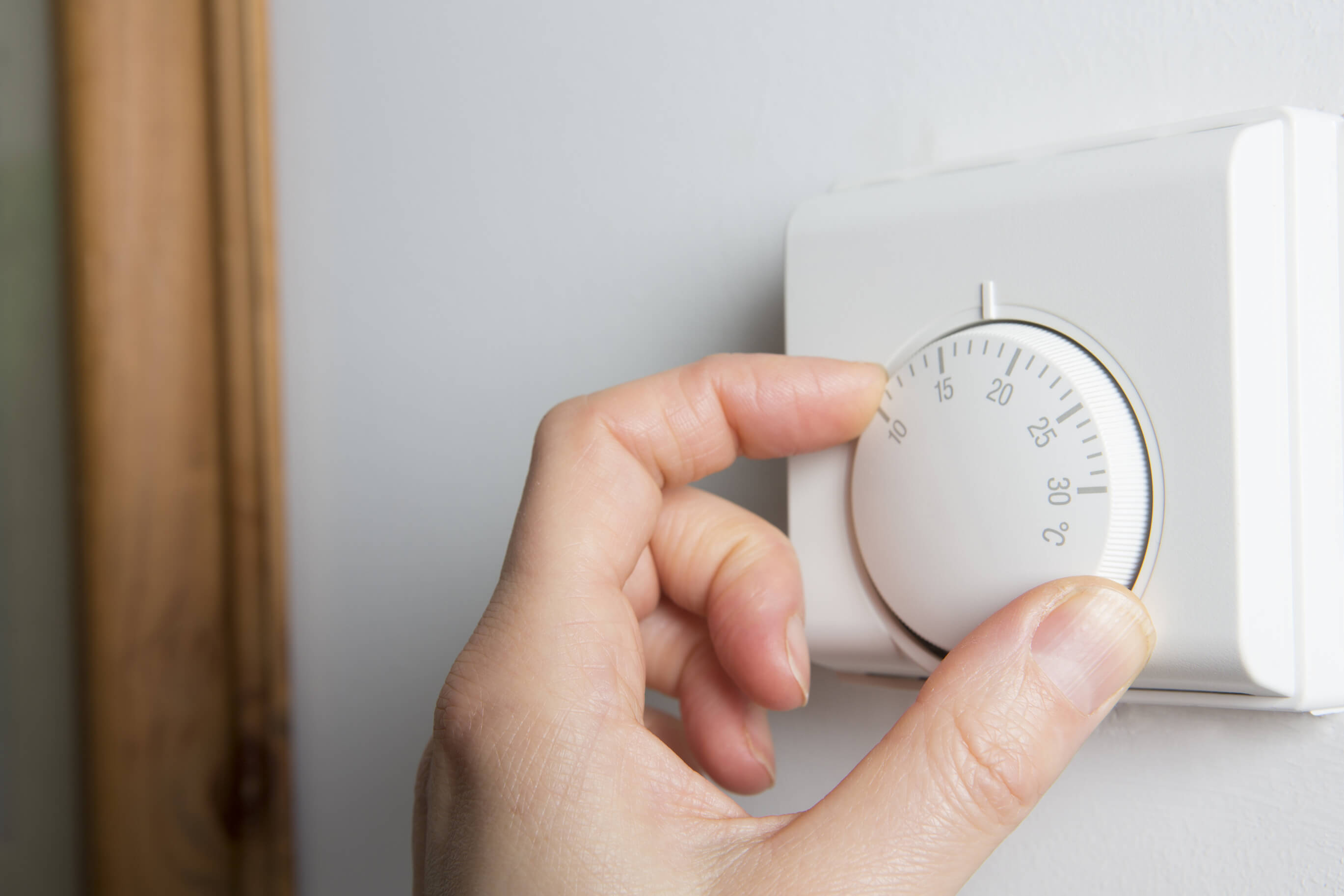
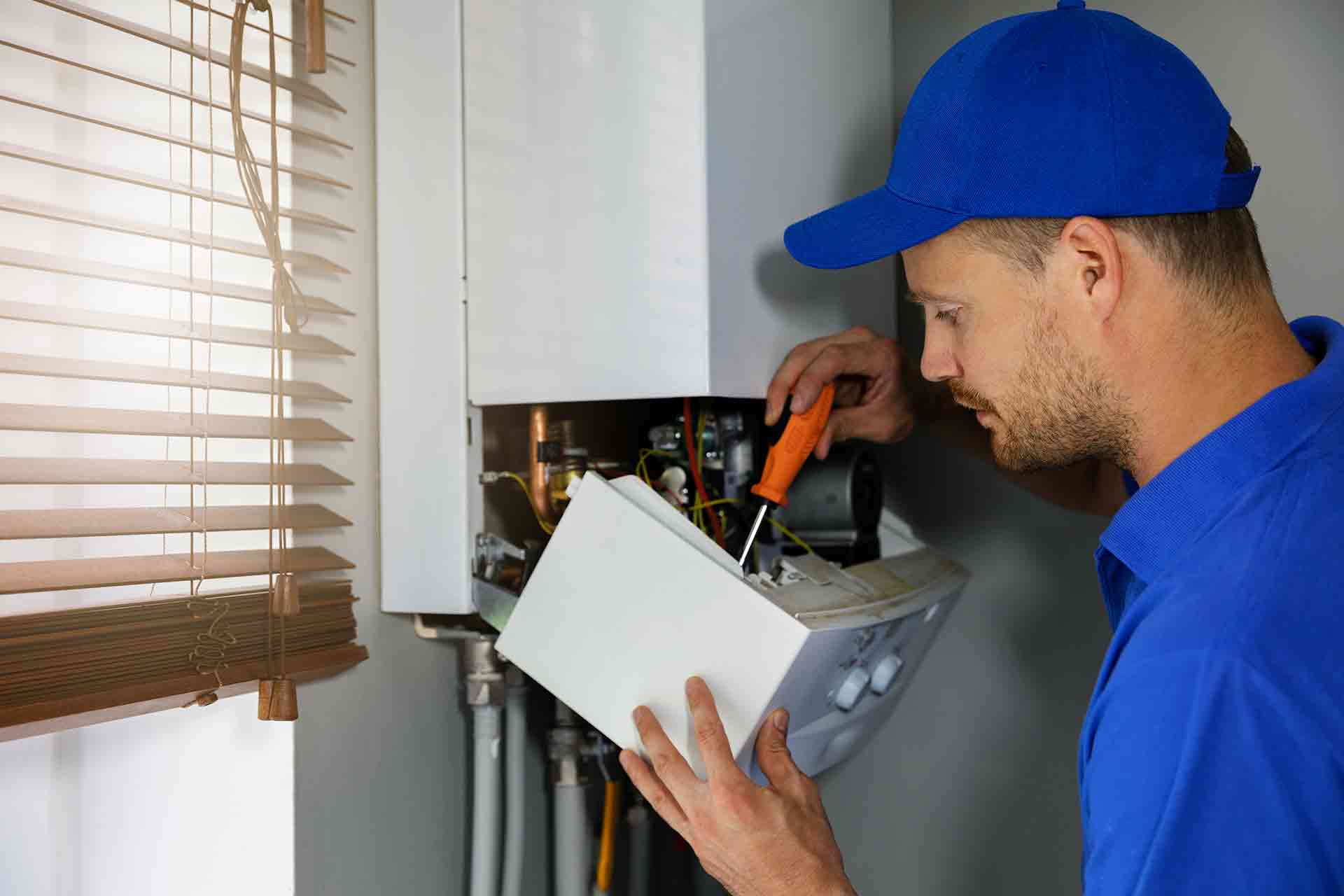
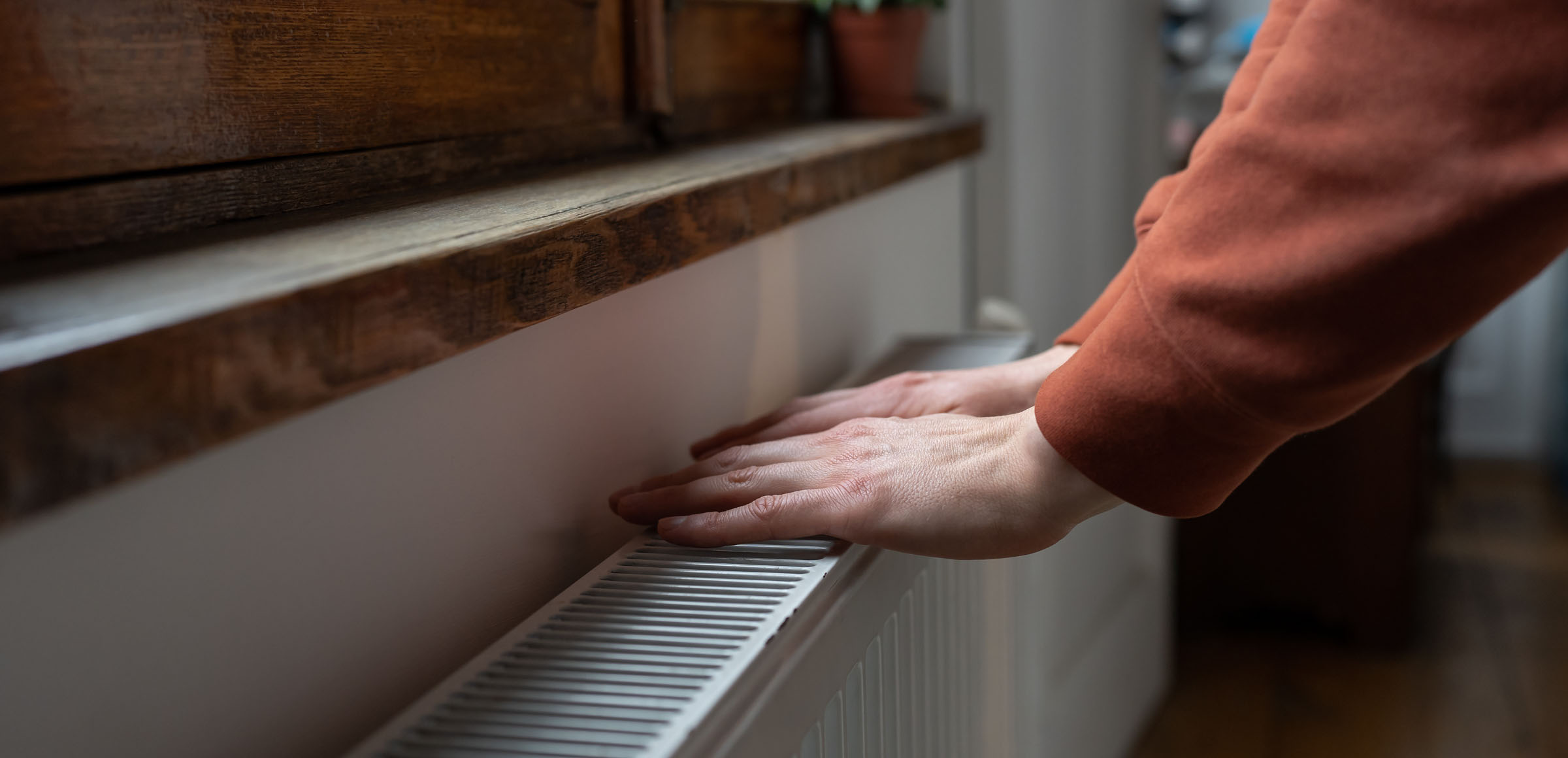
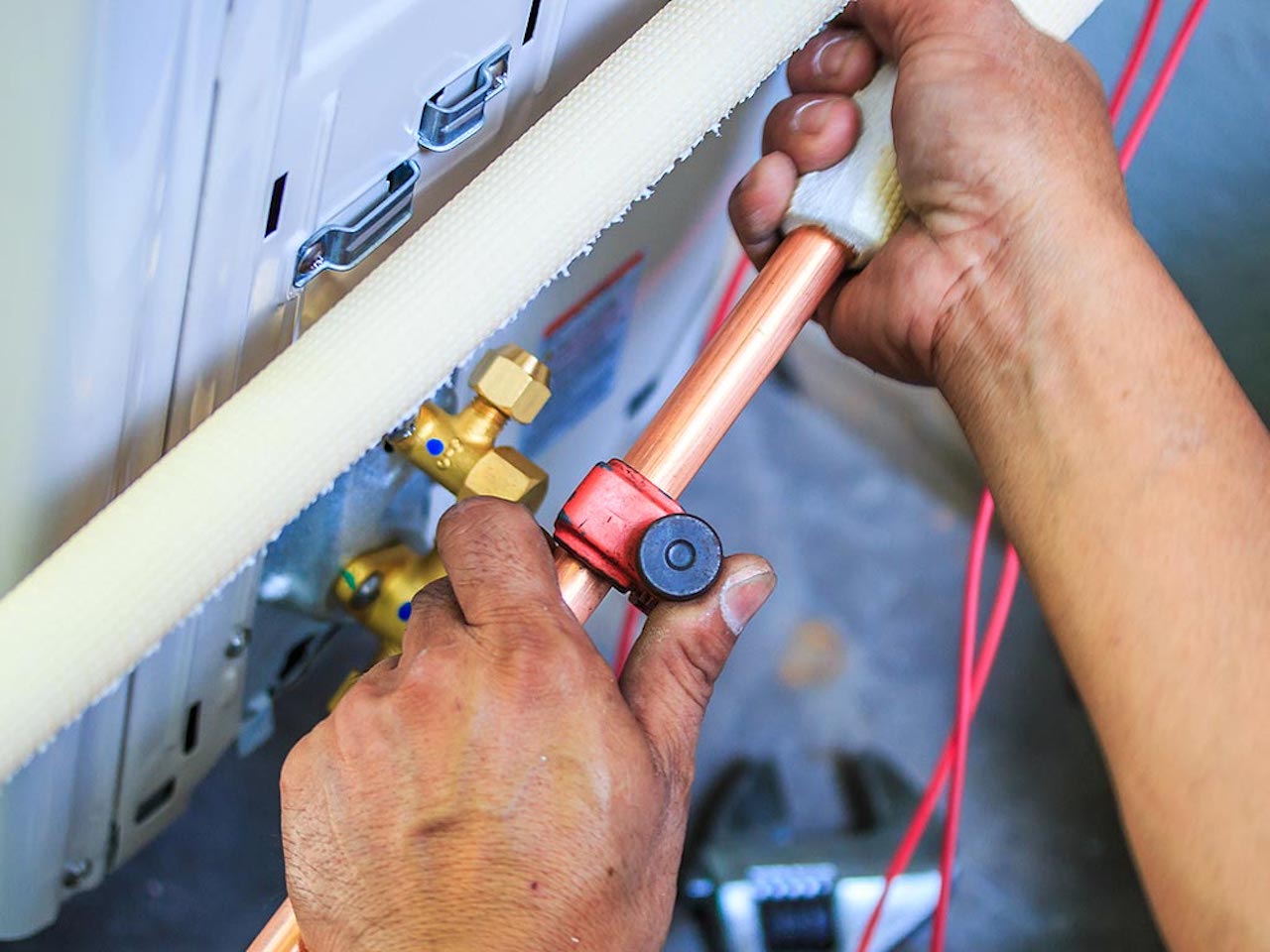
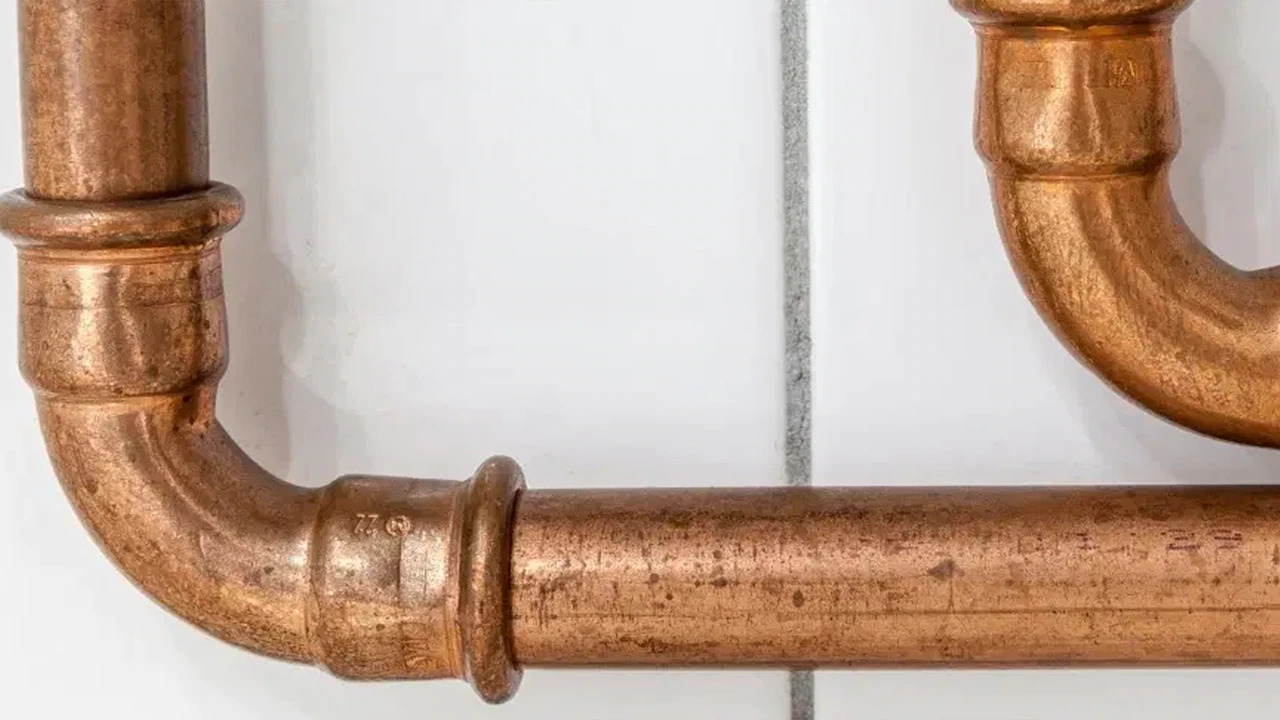
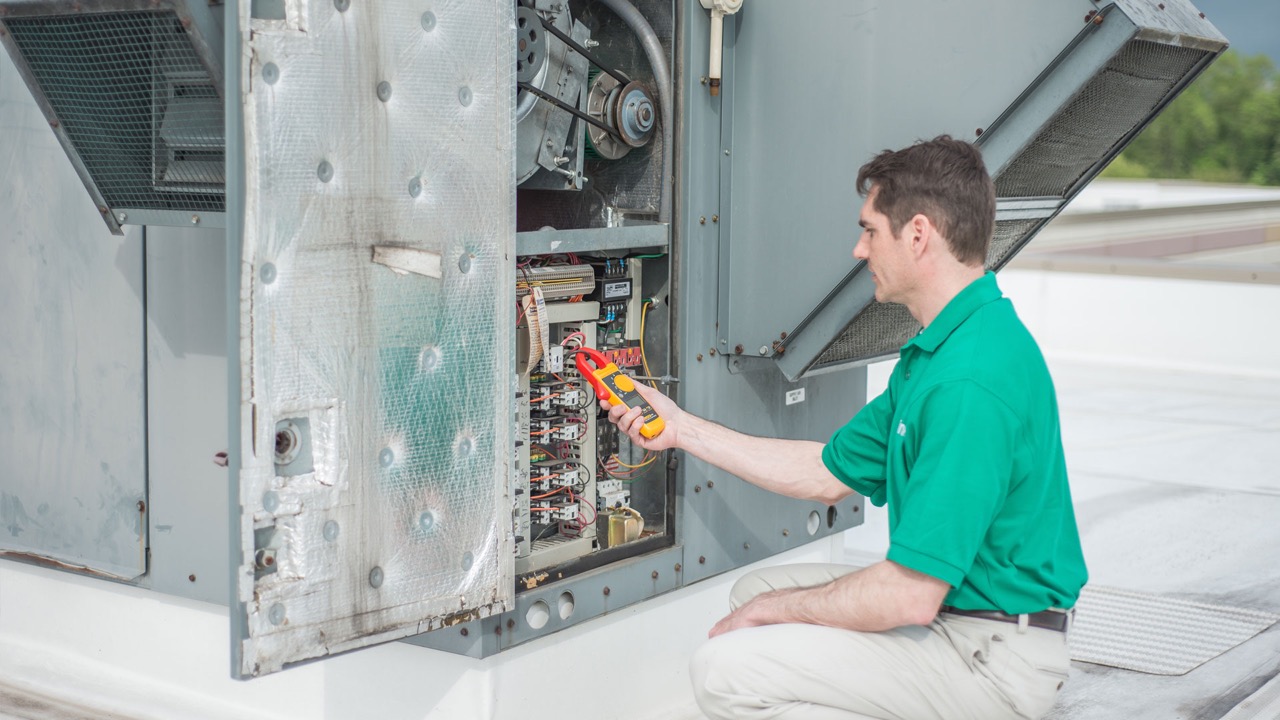
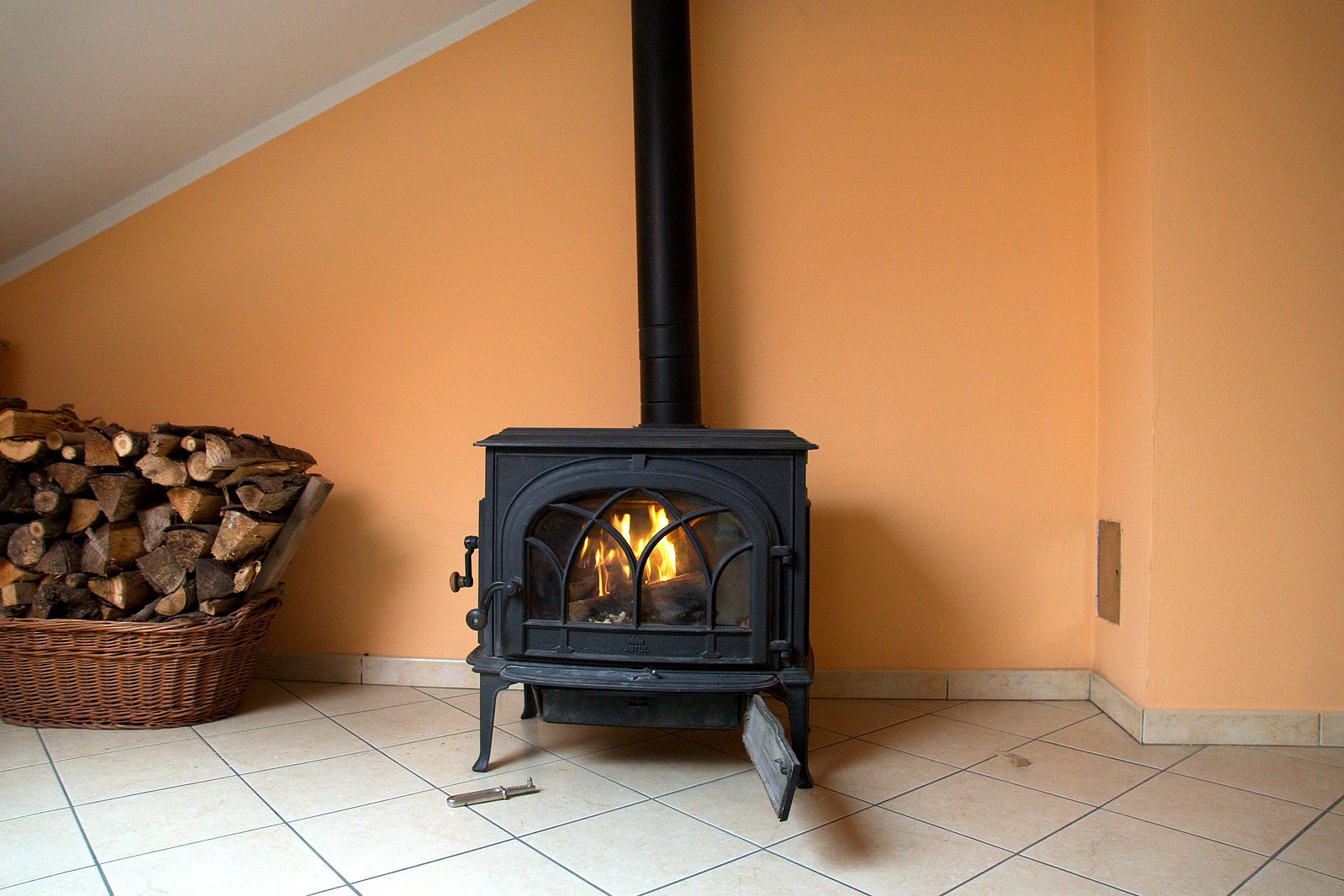
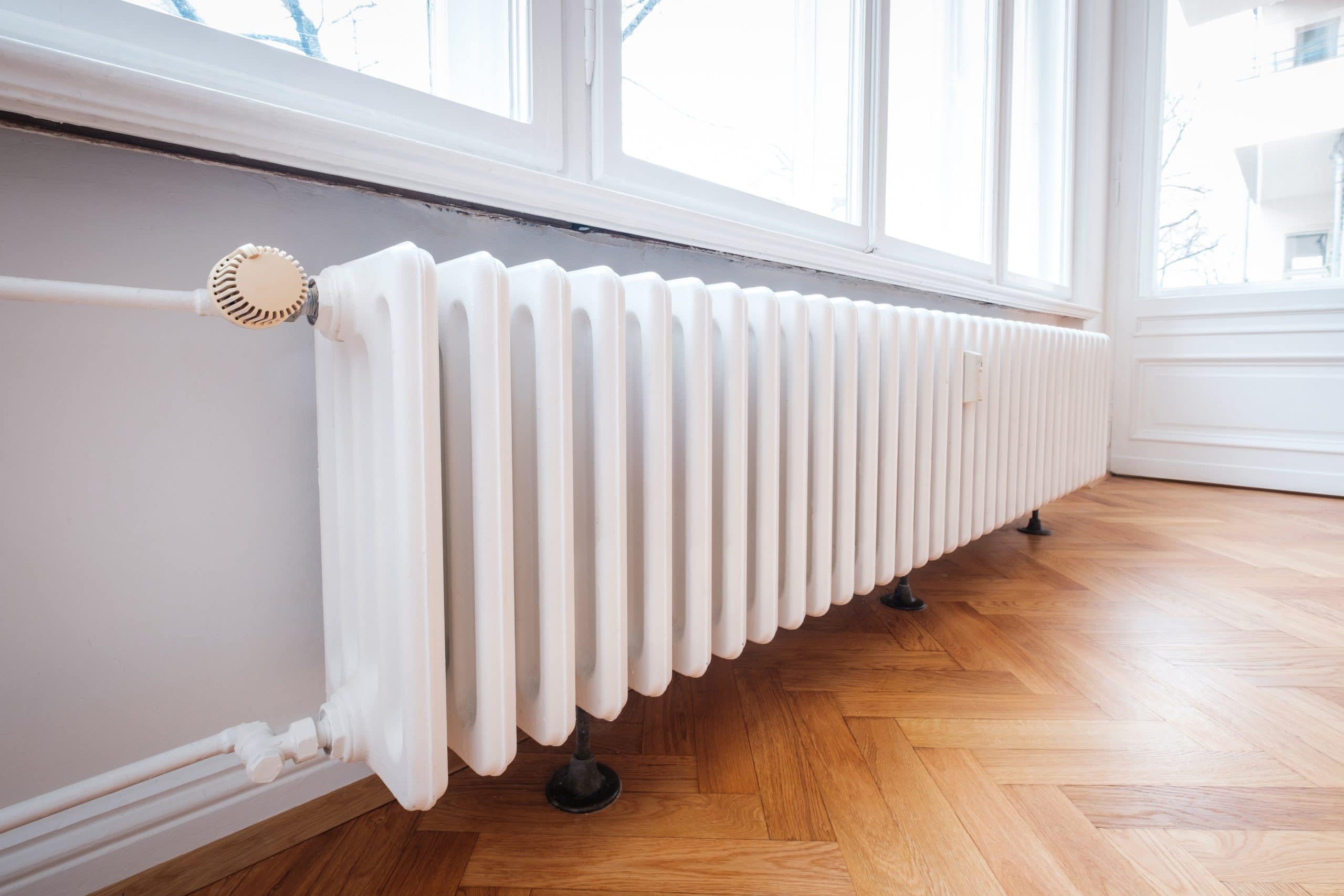
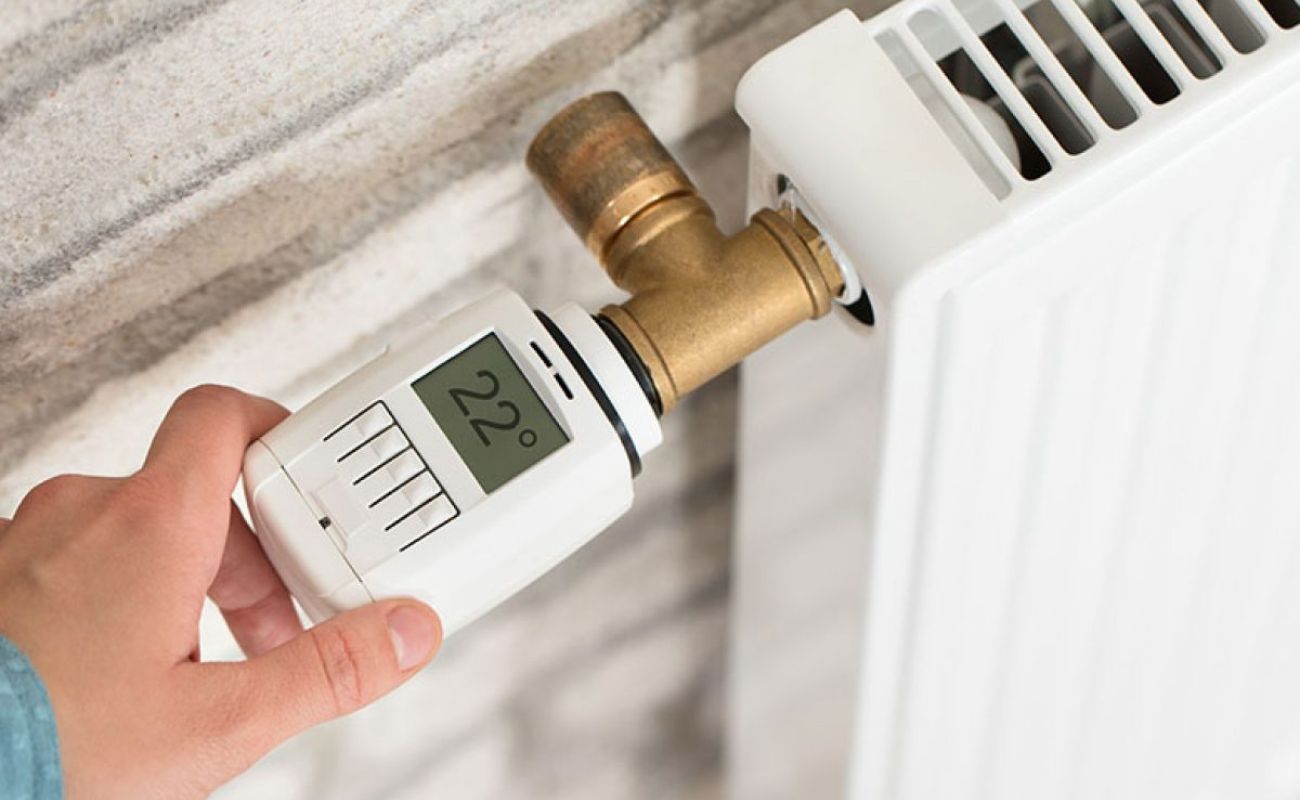
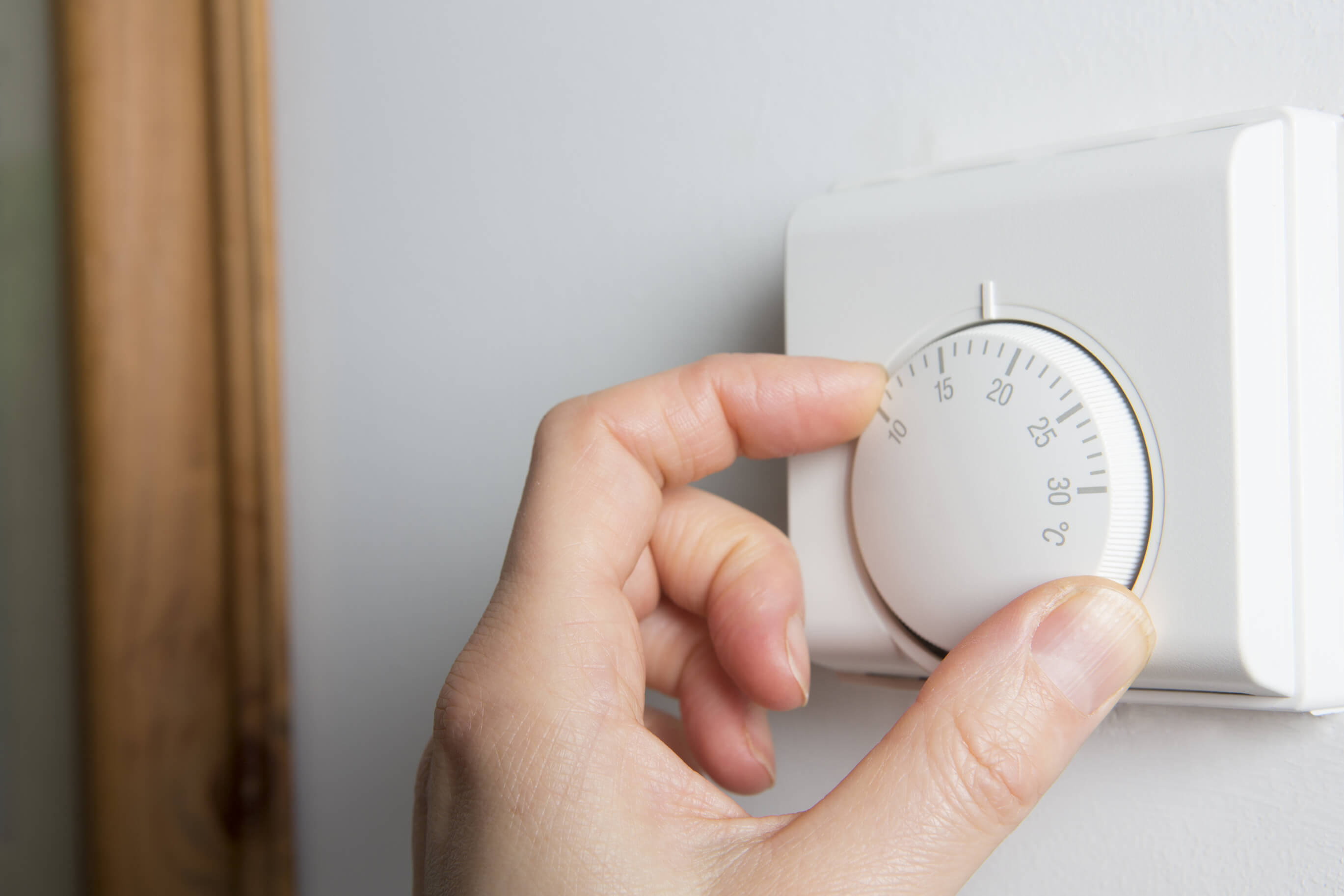
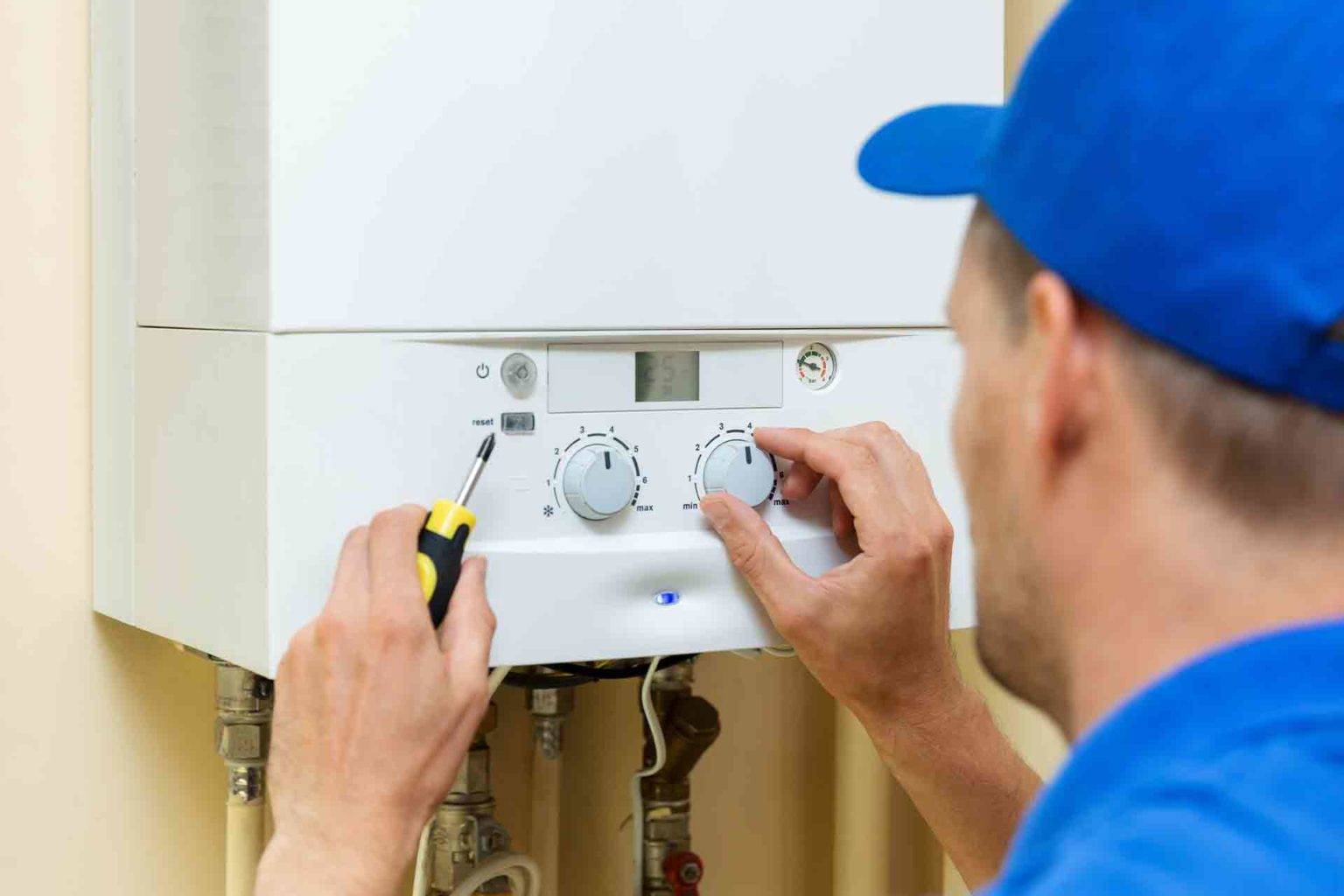

0 thoughts on “How Do I Balance My Central Heating System”